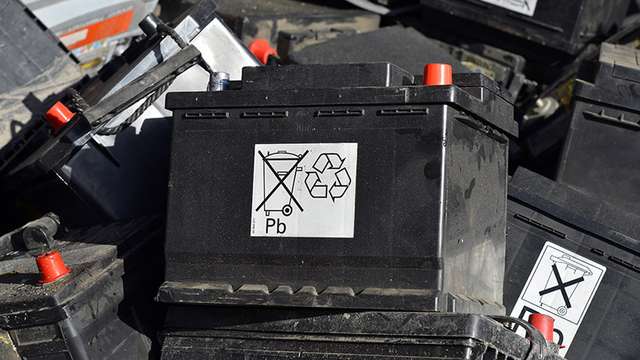- battery
Everything You Need To Know About Car Battery Recycling

Updated 14 May 2024
Rachel White

A car battery will usually die at the most inconvenient time. Early morning, in winter, or when you’re heading to work.
When it does die, there’s a mad dash to install a new battery and then off you go, probably giving no thought to what happens with the old battery. Out of sight, out of mind.
What happens to that old battery is something we previously might not have considered. Still, since we’re becoming ever more conscious of the environment, we begin to question what happens to the material items we no longer use.
This includes car parts, accessories and batteries, which are becoming a hot topic thanks to the increasing interest in electric vehicles.
Car battery recycling
Although your vehicle's battery may be nearing the end of its life, it doesn't have to end up in a landfill. Recycling car batteries is not only environmentally beneficial but also simpler than you may imagine. Across the country, numerous recycling centres are dedicated to preventing batteries from being disposed of in landfills.
Curious about what happens to your battery once you hand it over to a dealer or drop it off at a recycling centre? Keep reading to find out.
Batteries are hazardous waste and should never be disposed of with general waste. Recycling centres, workshops and scrap metal dealers will take batteries off your hands and dispose of them appropriately. Recyclers will separate and sell the materials recovered.
Lead-acid batteries - can contain lead, polypropylene and sulphuric acid. The battery is ground down, the acid neutralised, and polymers are separated from the lead. Materials recovered can be used to make new batteries.
Li-ion batteries - can contain copper, aluminium, cobalt, nickel, graphite, manganese and lithium. The recycling process includes discharging, disassembly, crushing, sorting and sifting. Electrolytes are recovered and chemical processes are used to extract individual materials.
Unfortunately, the current cost of newly mined lithium is cheaper than recycled lithium, but progress is underway to make the recycling process less expensive.
It is reassuring to learn that battery recycling initiatives are in progress. With 145,000 tons of lead-acid batteries discarded annually in Australia, the fact that up to 98% of the contained materials can be recycled is truly encouraging. These recycled materials can then be utilised in the production of other items.
In fact, next time you purchase laundry detergent, plant pots, or new batteries, stop to consider that these items might have been made from the materials salvaged from your old car battery.
Is your battery losing its charge? It might be time to get an inspection.
The easy way is to get an AutoGuru expert mechanic to test and replace your battery, without the hassle.

Written By
Rachel White
Rachel spent her early adult life around cars, motorsport and hands-on with her own cars. This interest moved into various careers within the Automotive industry. Joined with her passion for writing, Rachel loves putting the two together to share her experience, so we can all become AutoGuru’s.